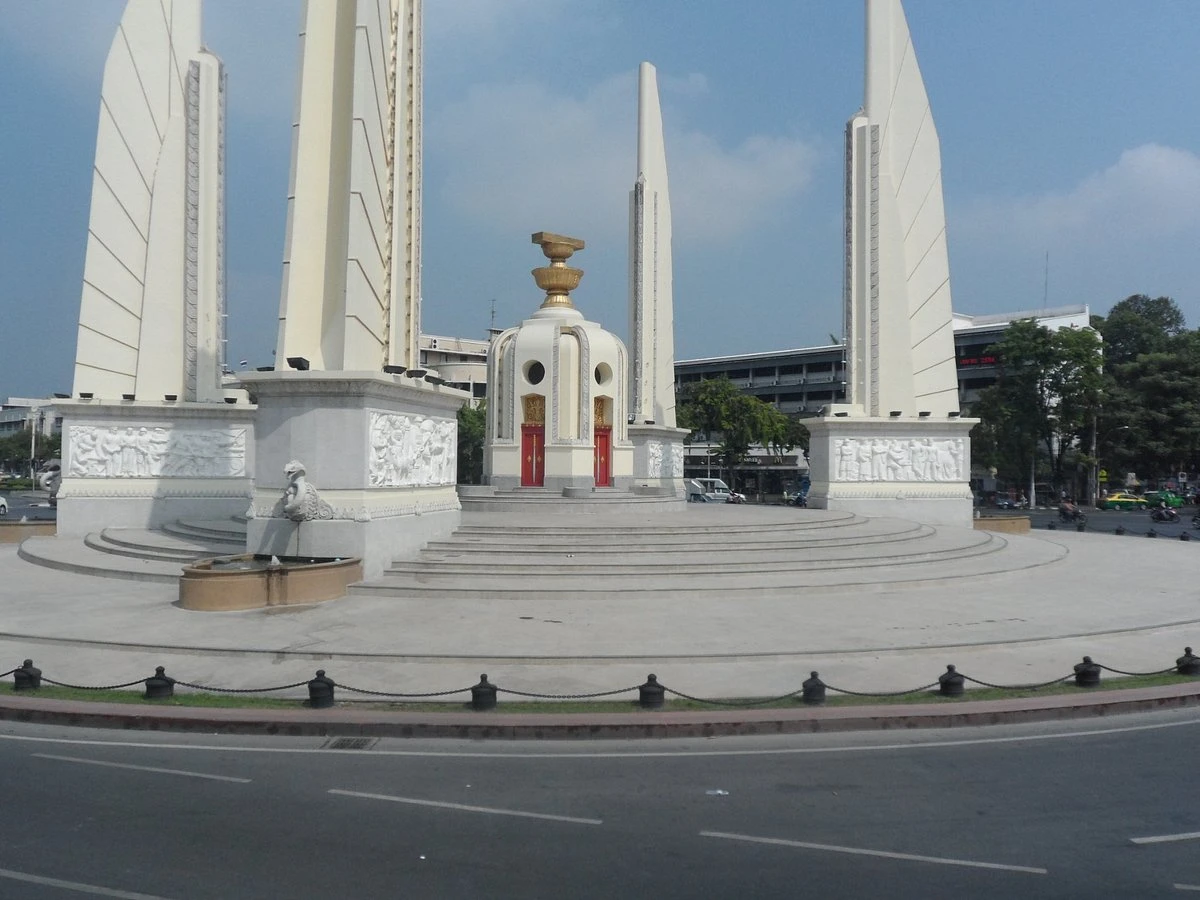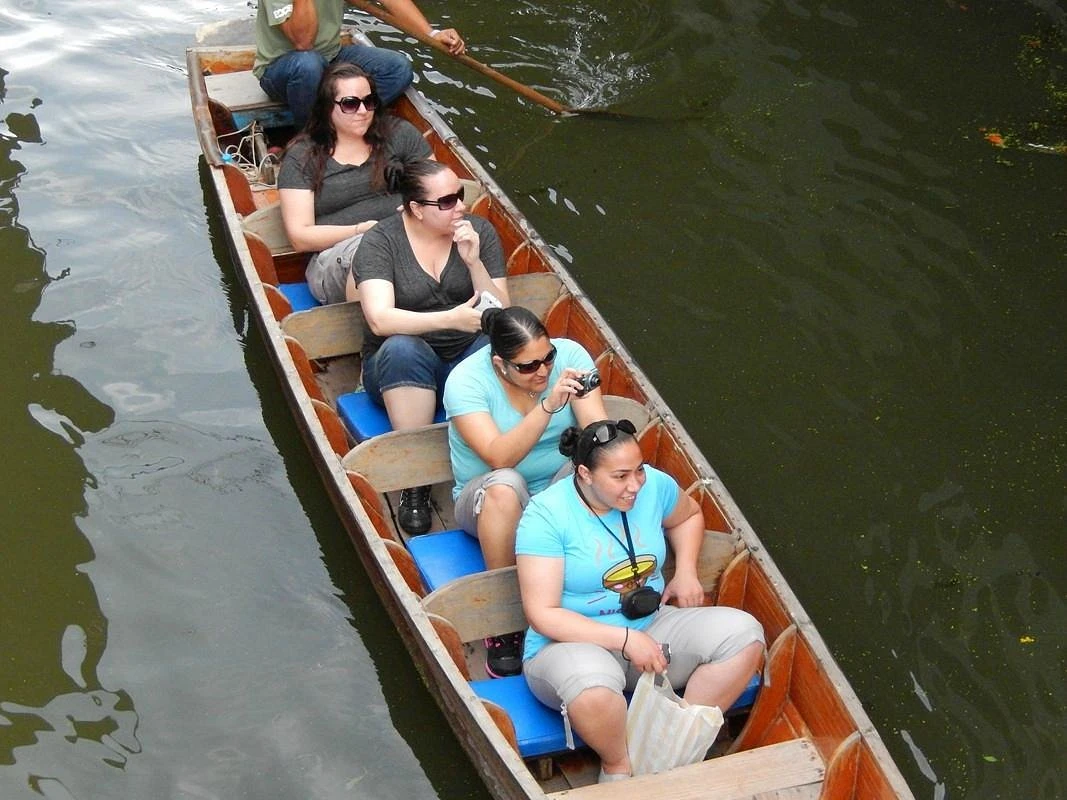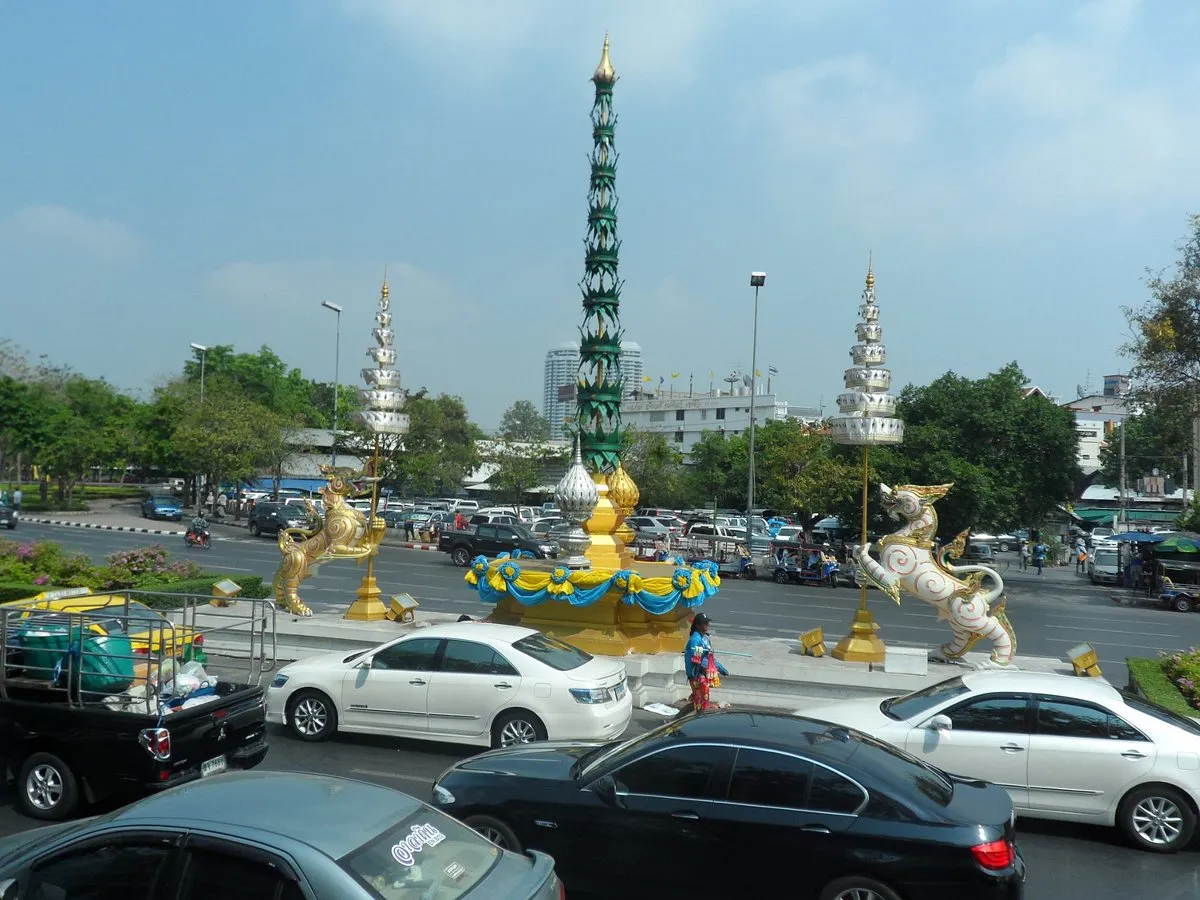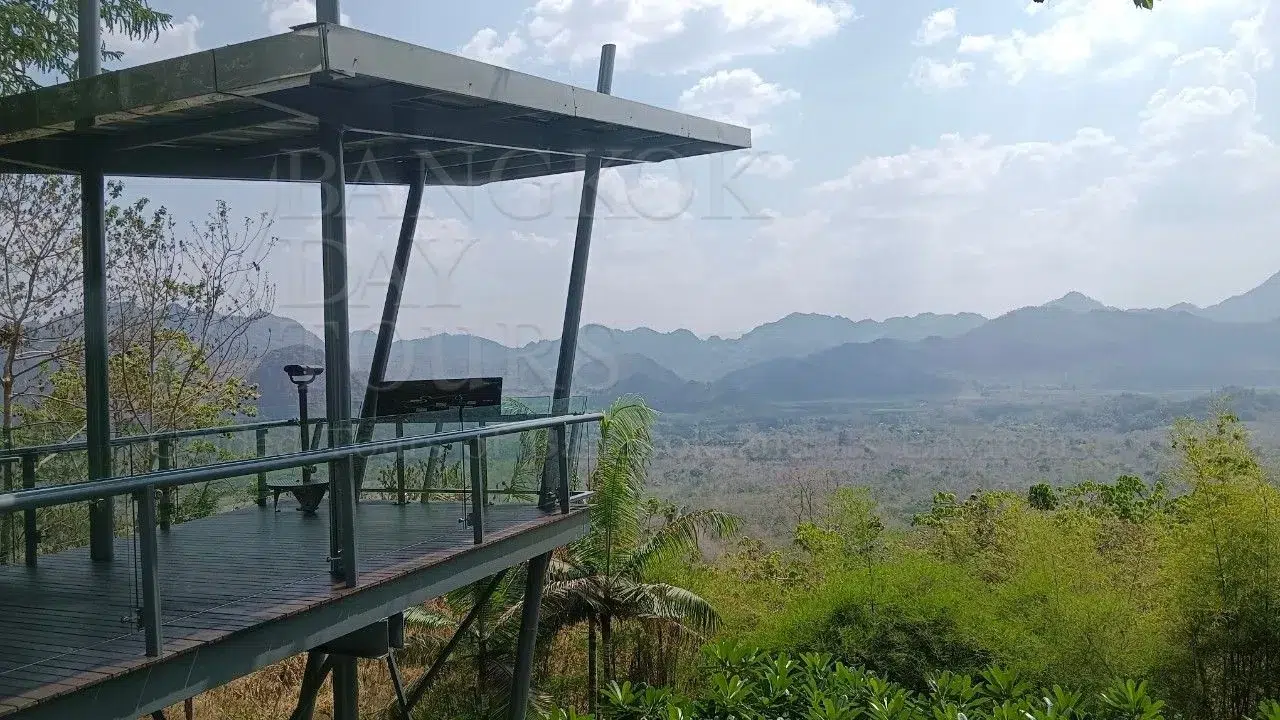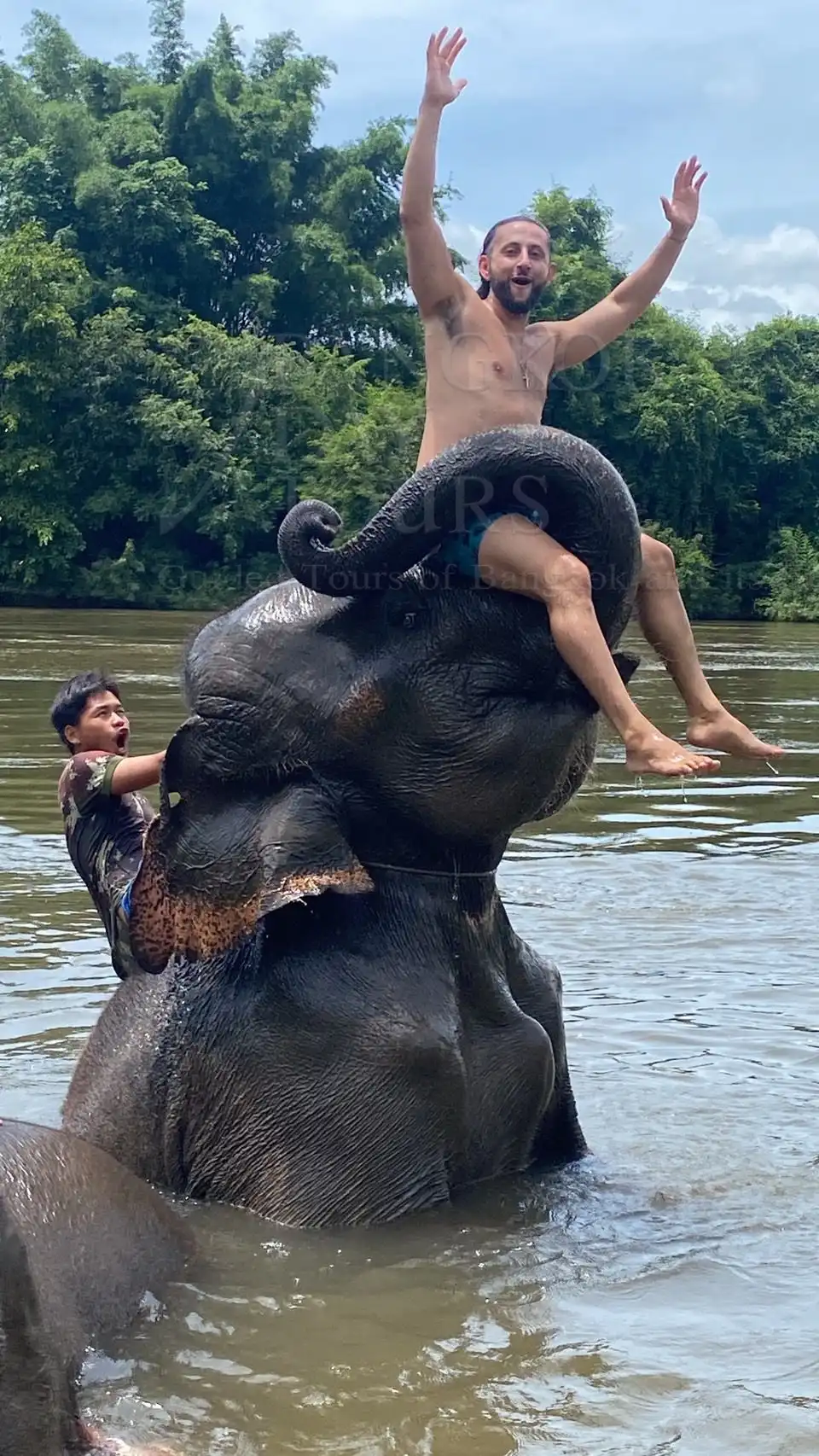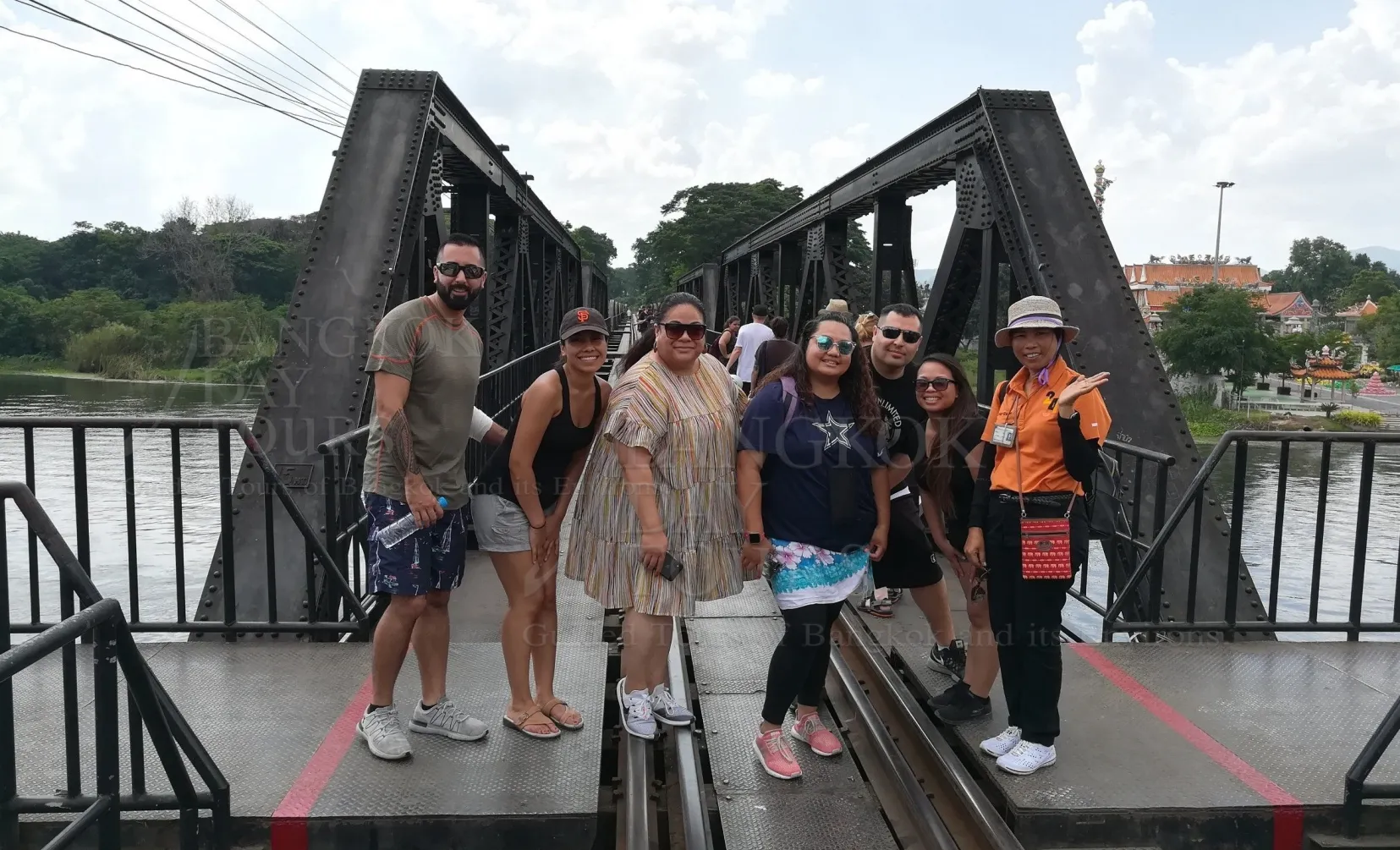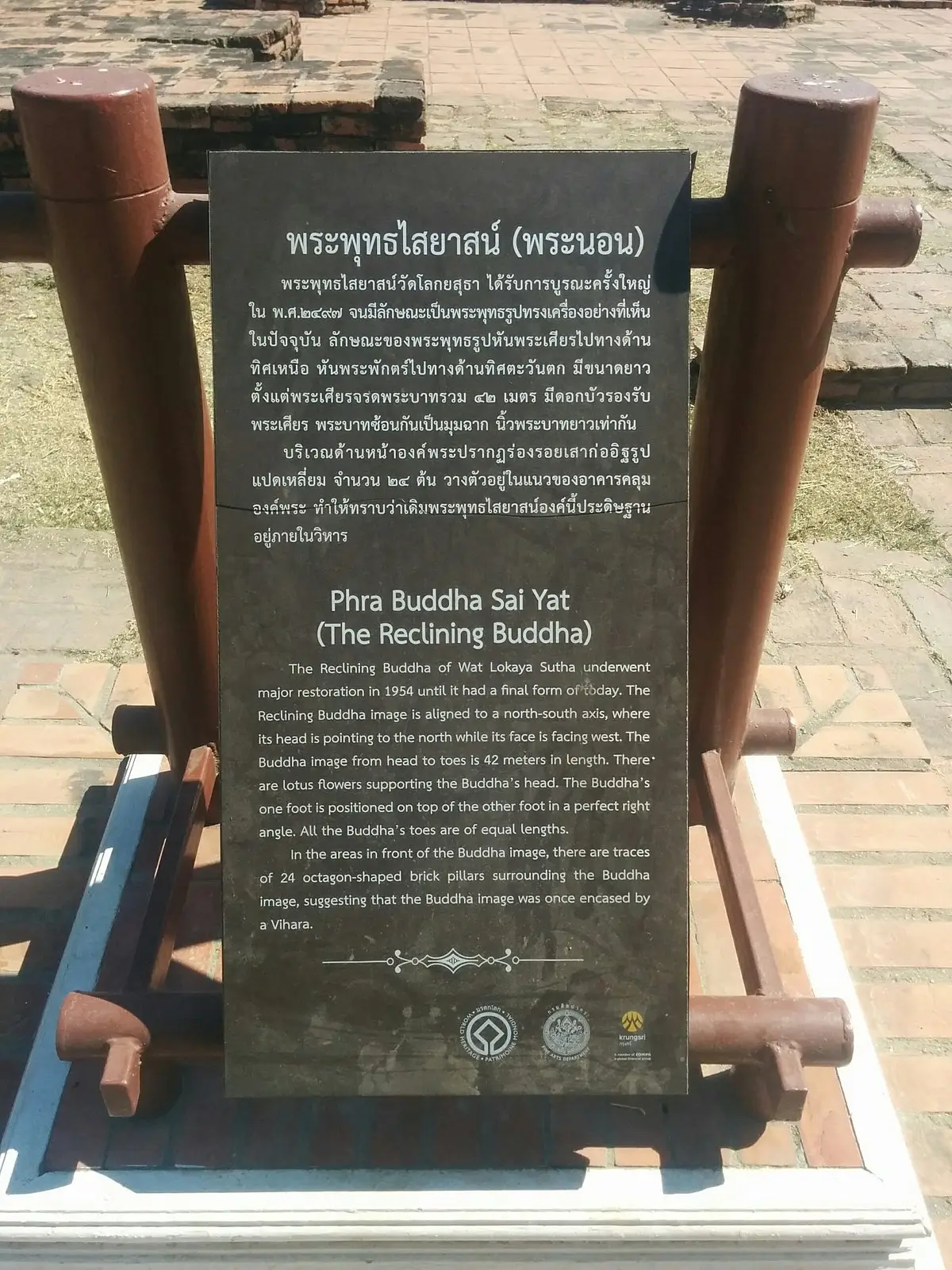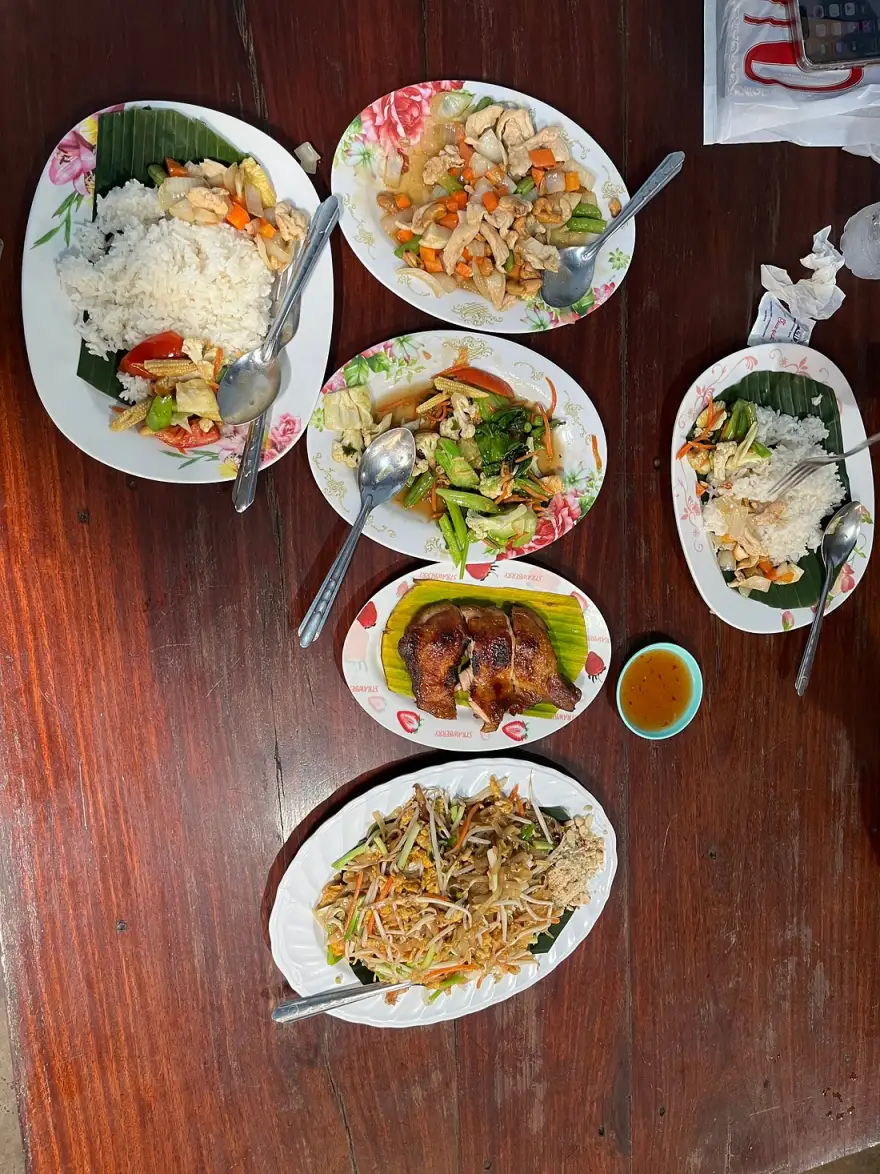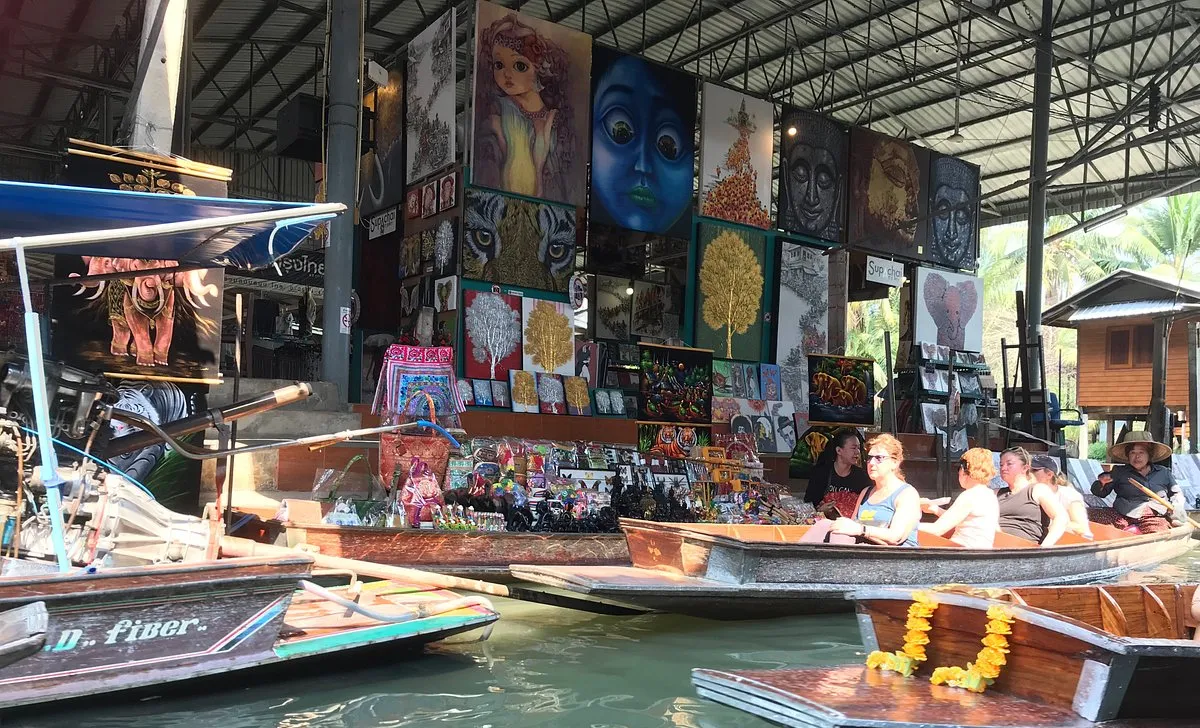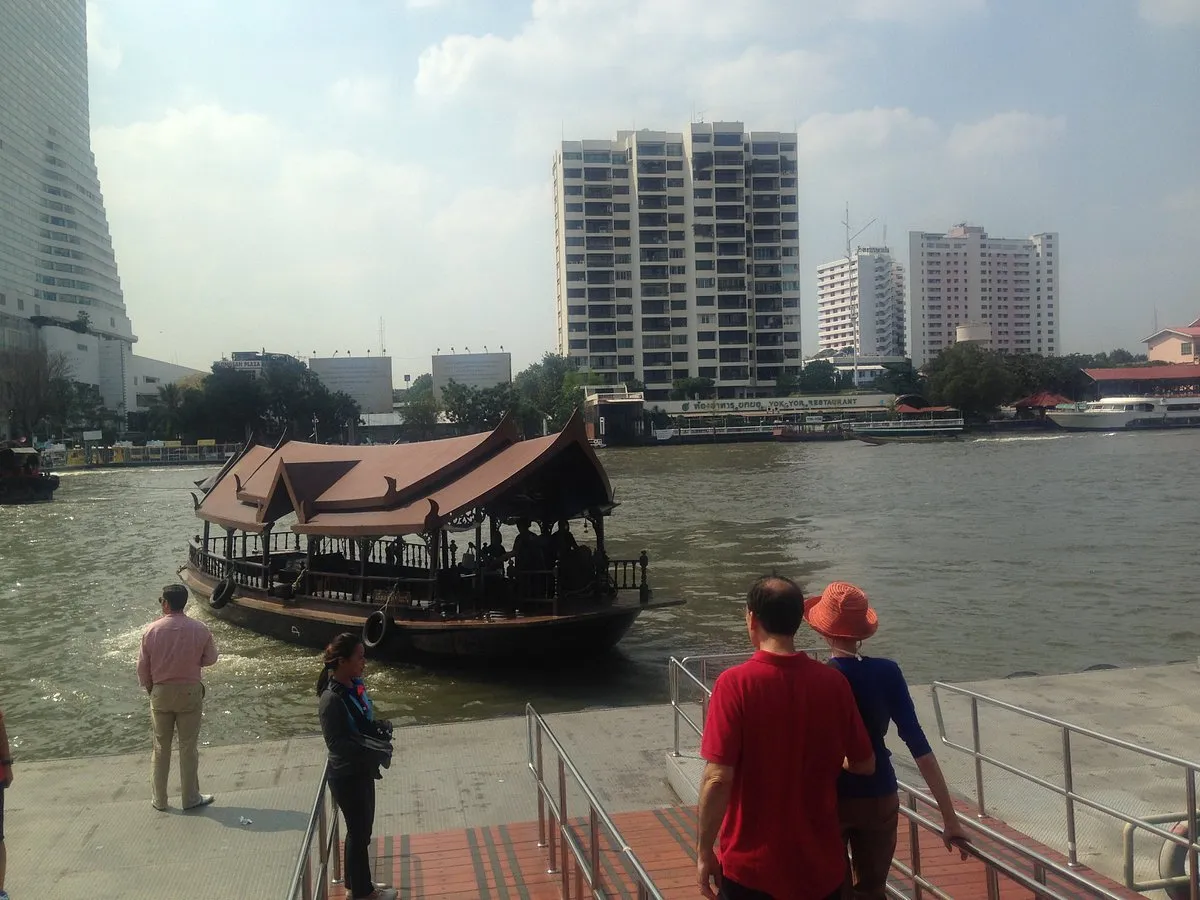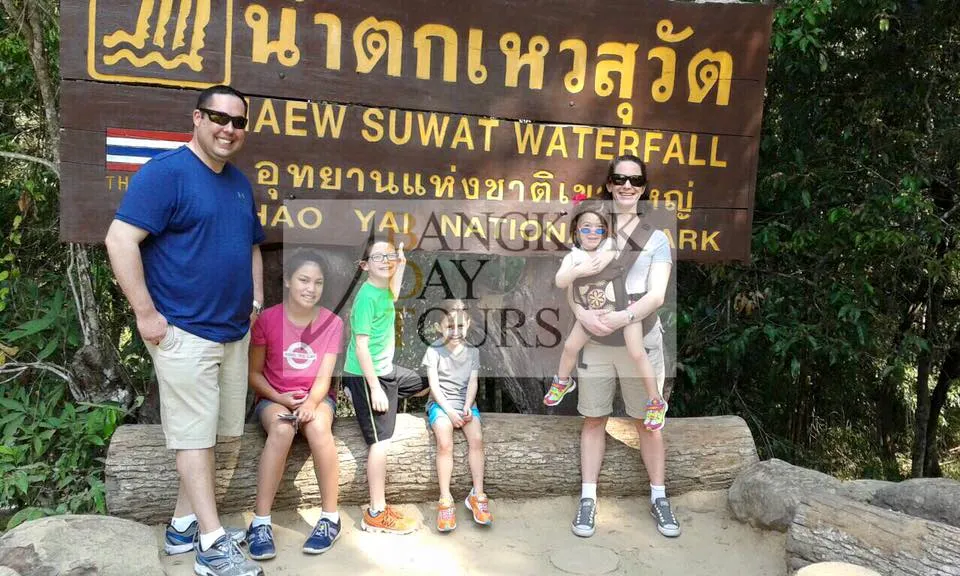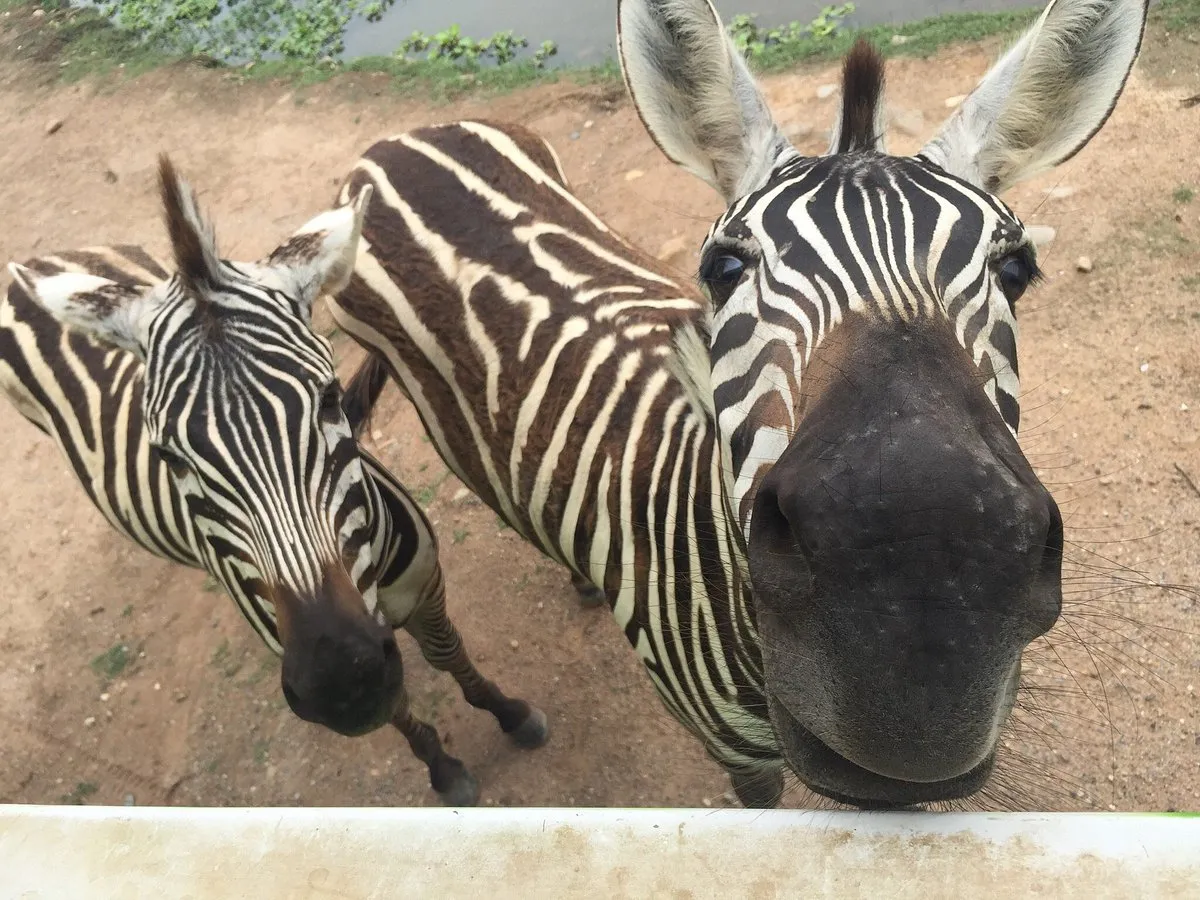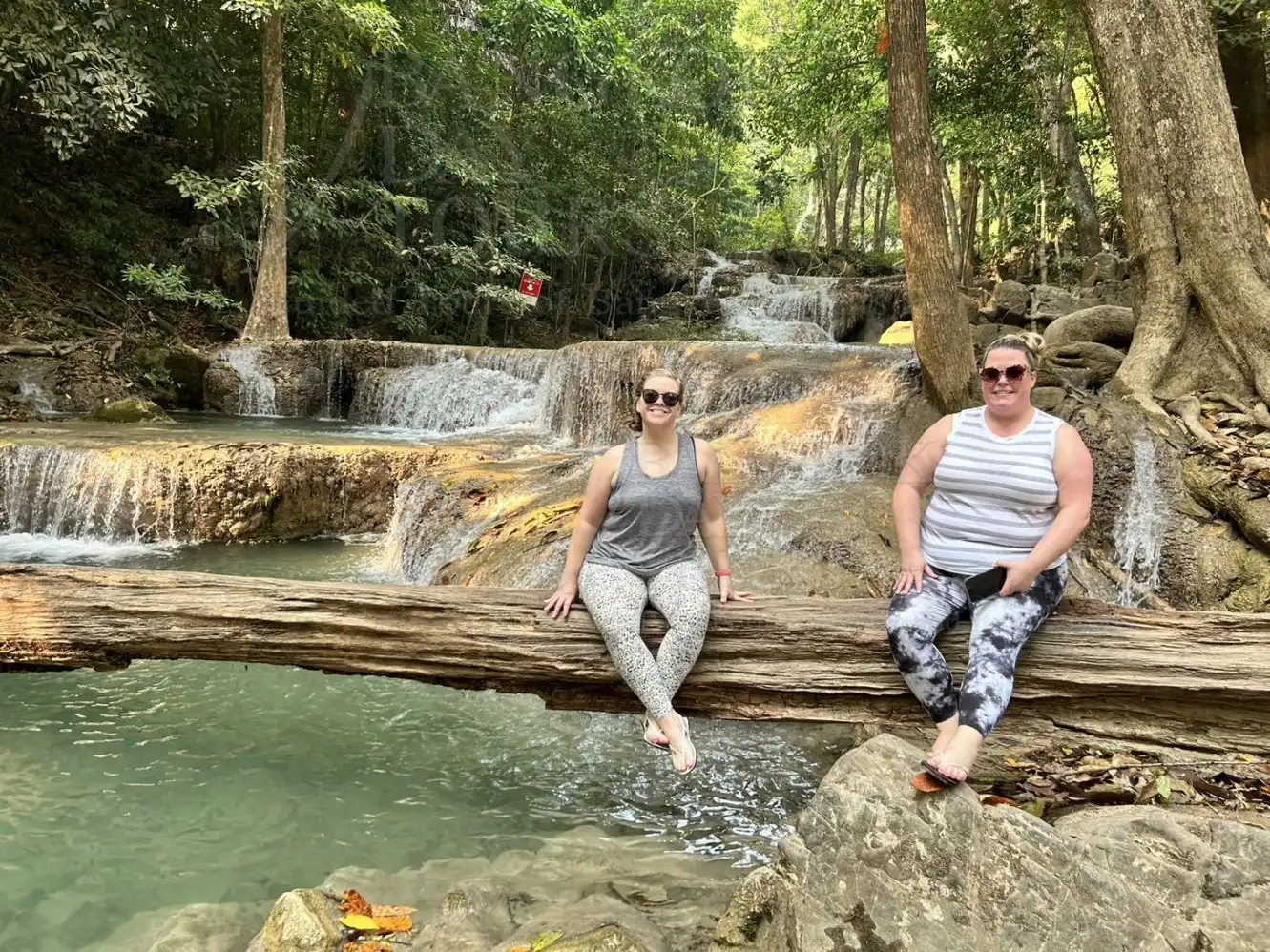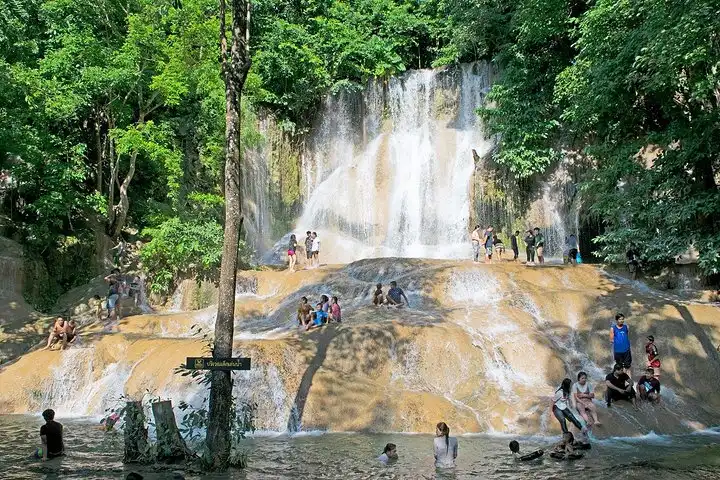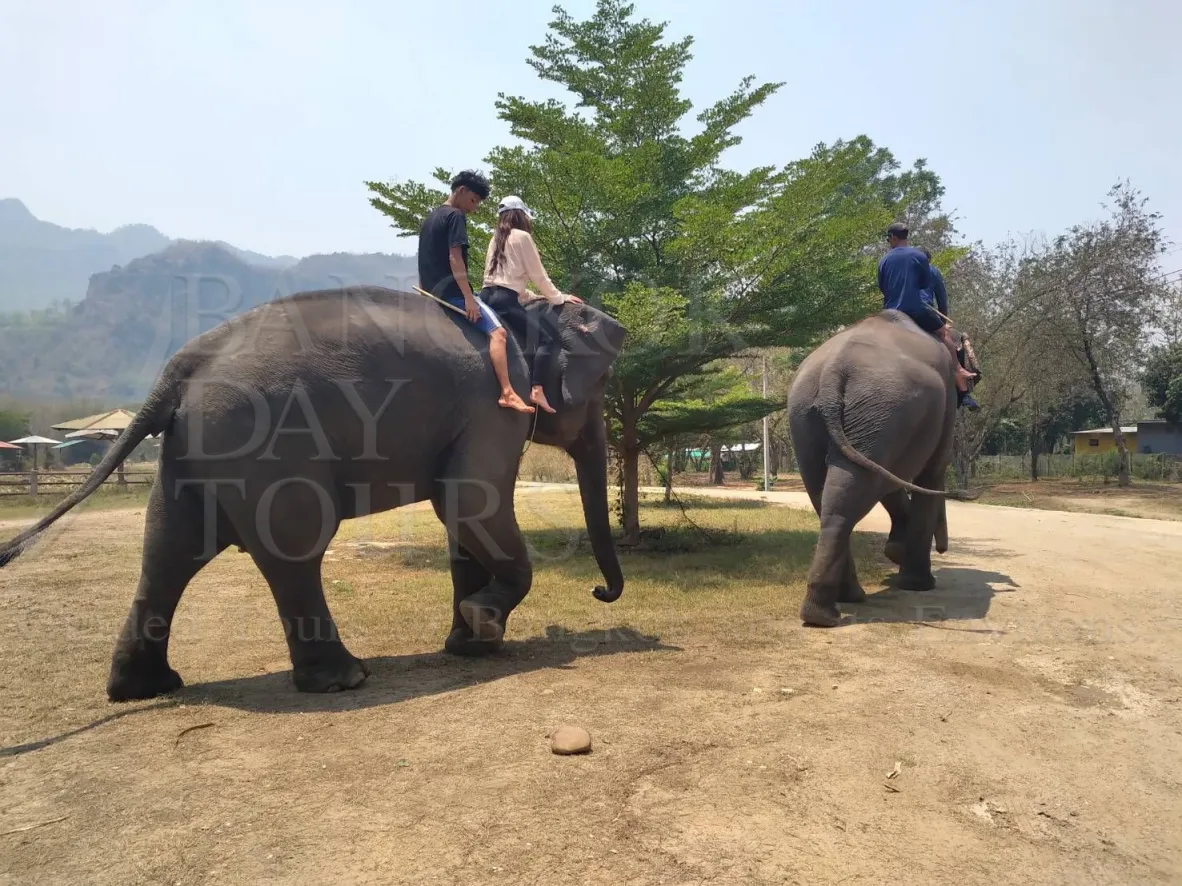Attractions information
Ampawa Village
Ampawa is a district in Samut Songkram province, which is only an hour and a half from Bangkok.
Although it is the smallest of the 76 provinces in Thailand, it has an amazing network of 330 canals and on Saturday and Sundays has its own Floating Market in the evenings.
In Ampawa many pleasant Thai families have opened their homes so that visitors can get a glimpse of their enviable lifestyle. Homestays cater for romantic couples, small groups of friends and large groups of students, with accommodation to suit.
The best way to get around Ampawa is to walk and there are many picturesque lanes which run along the canals. Teakwood homes are built on stilts and inside, you'll find these homes in immaculate condition.
The night-time boat trip on the Mae Klong River lets you enter the enchanting world of fireflies swarming in the trees along the river bank. It's an unbelievable sight, as entire trees are aglow with flashing yellow lights.
A visit to the temple at Wat Bangkae Noi is a must because the interior walls & ceiling of the main chapel have intricate teakwood carvings and time spent here will leave you in awe of the fine craftsmanship found in these carvings.
Ampawa is famous for its TaoTan Palm Sugar and also for the hand-painted porcelain crockery called Benjarong.

Attractions information
Kanchanaburi Province
Kanchanaburi Province which borders Myanmar (Burma) to the north-west is the third largest Thailand's of seventy six provinces.
It is located 130 km west of Bangkok and has a population of about 735,000 of which 54,000 live in Kanchanaburi town itself. This is a most picturesque part of Thailand.
Kanchanaburi town was originally established by King Rama I as a first line of defence against the Burmese, who might use the old invasion route through the Three Pagodas Pass on the Thai-Burma border.
The magnificent landscape & charming beauty of Kanchanaburi have resulted in major tourist attractions including the well-known Erawan Waterfalls, caves which were once inhabited by Neolithic man, pristine national parks, tranquil rivers, virgin forests, and reservoir.
Together, they offer an intriguing experience whether you are visiting for the first-time or returning for another visit.
Whatever your personal interest: fishing, rafting, canoeing, mountain biking, bird-watching, star-gazing, golfing, elephants, tigers, jungle trekking or even living on bamboo rafts, Kanchanaburi takes pride in offering them all.
Local residents of Kanchanaburi are engaged in agricultural activities as this is one of the most fertile provinces. Most of the locals are of Thai ancestry with notable Mon and Karen minorities.
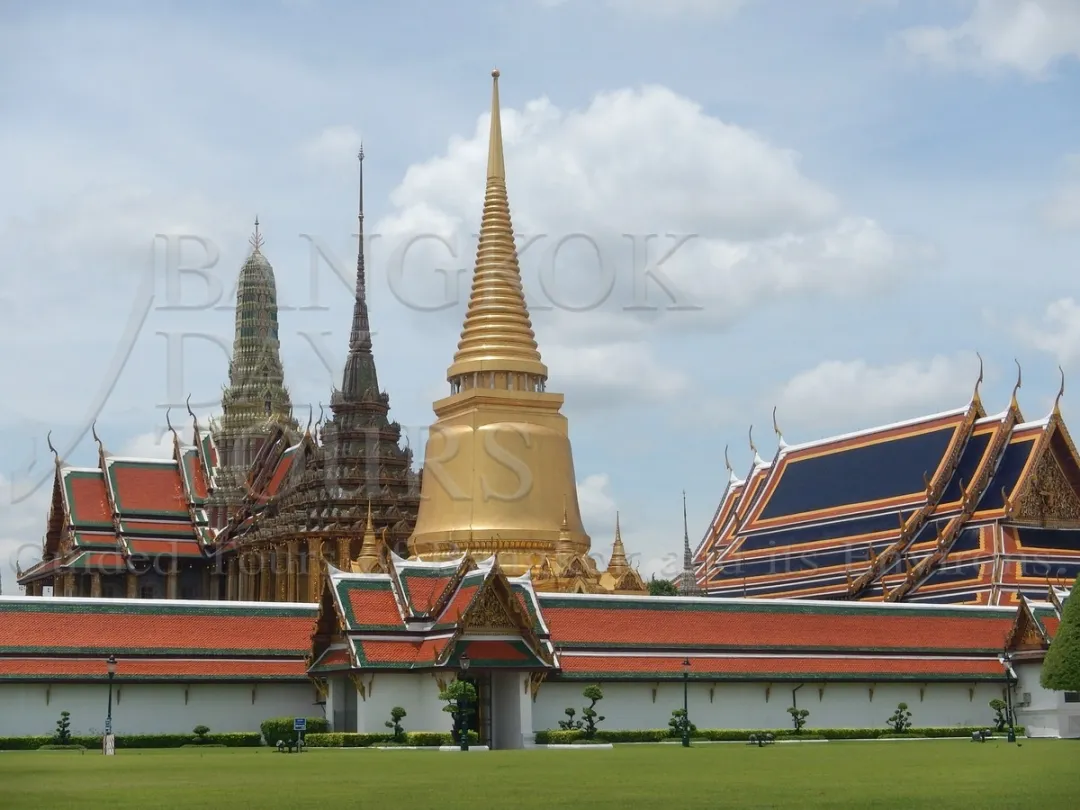
Attractions information
Ayutthaya Sacred City
Phra Nakhon Si Ayutthaya "The Sacred City of Ayutthaya" was founded in 1351 and reached its apex in the 16th century. It is an island embraced by three rivers, the Chao Phraya, Lopburi and Pa Sak.
In the Golden Age which lasted 417 years, Ayutthaya was the historic capital of Thailand.
The territory of the Kingdom of Ayutthaya extended far beyond present-day Laos, Cambodia, and Myanmar. During the 17th century, foreign visitors, traders and diplomats alike, claimed Ayutthaya to be the most illustrious and glittering city that they had ever visited. That ended forever in 1767 when it was conquered by the Burmese and completely destroyed.
Nowadays, visitors to Ayutthaya, which is only 86 kilometers north of Bangkok, can marvel at its grandeur reflected through numerous magnificent structures and ruins concentrated in and around the city island. The temple compounds are still awe-inspiring even in disrepair and a visit here is memorable and a good beginning for those drawn to the relics of history.
The architecture of Ayutthaya is a fascinating mix of Khmer, or ancient Cambodian style, and early Sukhothai style.
Most importantly, Phra Nakhon Si Ayutthaya Historical Park, an extensive historical site in the heart of Ayutthaya city, is a UNESCO World Heritage Site.
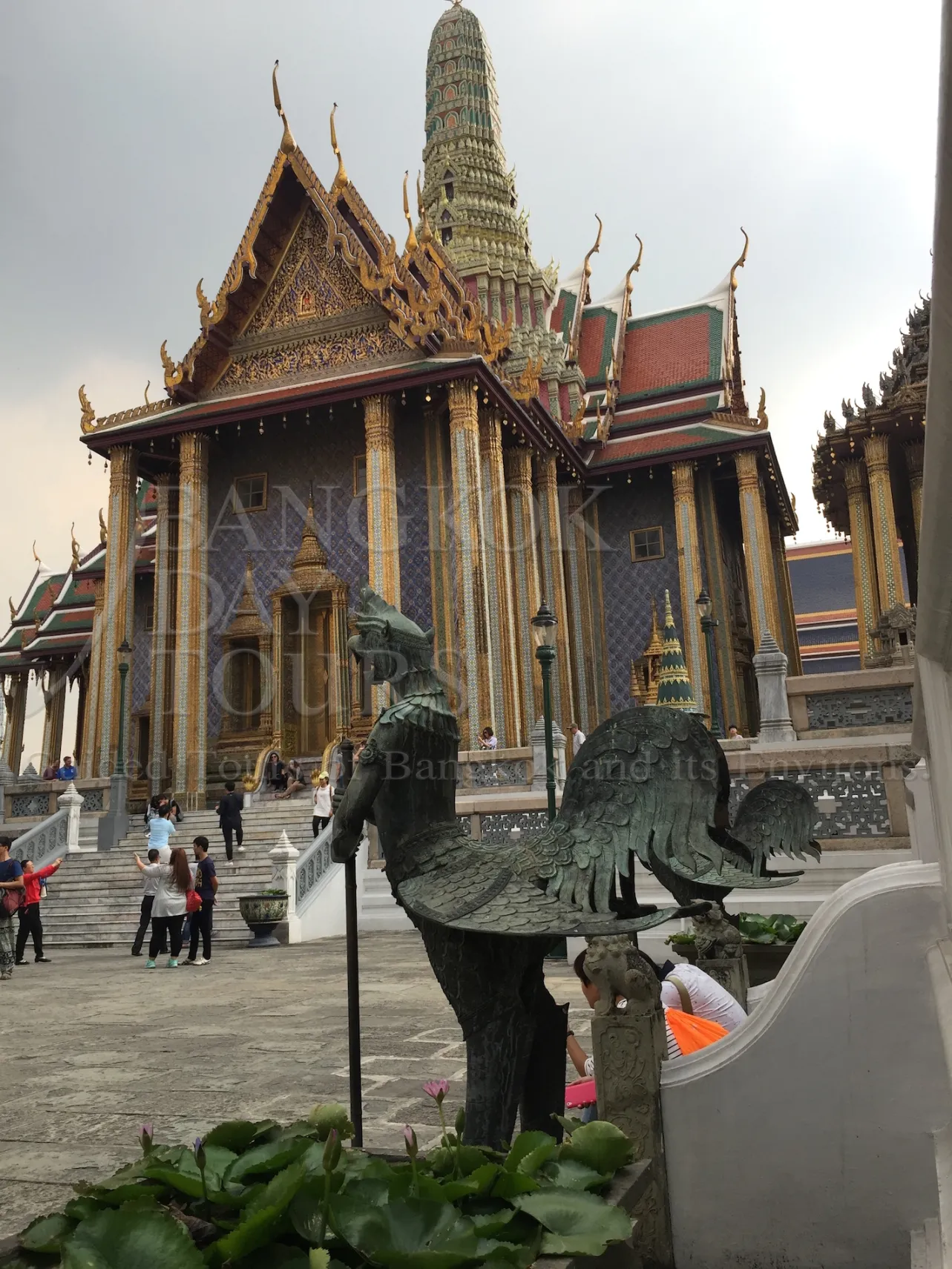
Attractions information
Wat Phra Kaew Emerald Temple
Wat Phra Kaew is regarded as the most sacred Buddhist temple in Thailand and is within the grounds of the Grand Palace.Unlike other temples it does not contain living quarters for monks. Rather, it has only the highly decorated holy buildings, statues, and pagodas. Strict dress code applies here.
The construction of the temple started when King Rama I moved the capital from Thonburi to Bangkok in 1785. The main building is the central ubosoth, which houses the Emerald Buddha.
Legend holds that the statue originated in India, but it first surfaced in the vassal Kingdom of Cambodia and was given as a gift to the King of Ayutthaya in the 15th century 1434.
The image disappeared when Burmese raiders sacked Ayutthaya and the image was feared lost.
Important Information
A strict dress code applies here. The Grand Palace and The Temple of the Emerald Buddha is Thailand's most sacred site. Visitors must be properly dressed before being allowed entry to the temple. Men must wear long pants and shirts with sleeves. No tank tops or singlets. Women must be similarly modestly dressed. No see-through clothes or bare shoulders. No shorts or tights. Proper shoes must be worn. No flip flops.
Central Thailand Circle Four Day Tour (Code:4101)
Pick a day and people
THB 75,400.00
THB 77,400.00
THB 95,800.00
THB 114,200.00
THB 133,600.00
THB 149,000.00
THB 167,400.00
THB 185,800.00
THB 204,200.00
THB 267,200.00
THB 282,600.00
THB 298,000.00
This tour is not designed for cruise ship passengers. Exclusive cruise ship tours are available from Klong Toey Port and Laem Chabang Port.
This tour is designed to maximise your time in Thailand and will take you from the airport in a big circle through neighbouring provinces and back to the airport again. Overnight stops will be made at Ampawa, Kanchanaburi, Ayutthaya and Bangkok.
Do you want your tailor-made tour?
A tailor-made tour is the best kind of independent travel itinerary, designed and arranged just for you and your needs.
All events and activities are part of your very personal, privately guided tour.
Just ask us and we will be happy to make your tour an unforgettable experience. We have been doing this for 25 years and the quality of tailor made tours has never changed.
Why is a private tour a better choice?
With a private tour, you have the freedom to choose what you want to do and when you want to do it. There is much more room for flexibility and changes to your itinerary at every step of the way because you don't have to consider the needs of other travelers. The flexibility and freedom to make the most of your time is the reason why so many people choose to take a private tour rather than a group tour.Private Tours vs Join Tours:
Bangkok Day Tours does not run join tours. All our tours are private tours, meaning that the vehicle is for the exclusive use of your group throughout the duration of your tour. This allows you to set your own pace and to move along when you have seen enough. No waiting for the stragglers! The only exception to the ANZAC Day Tours which are run on a join basis in April each year.Tour Programme
07:00 - Day 1 Departs
- Bangkok to Ampawa
First part of this journey is to the quaint village of Ampawa which will take you back to a time when things were simpler and the pace of life was slower.Read More >
08:00 - Day 2 Departs
- Ampawa to Kanchanaburi
An early start will allow a stop-off at Damnoen Saduak Floating Market before arriving in Kanchanaburi Province. This is wildlife country so be prepared for encounters with elephants and tigers as well as historic sites. Read More >
08:00 - Day 3 Departs
- Kanchanaburi to Ayutthaya
Ayutthaya was the capital of ancient Siam for 416 years and you'll be amazed by the sheer scope of the temples and palaces here. Read More >
08:00 - Day 4 Departs
- Ayutthaya to Bangkok
Bangkok is the capital of modern Thailand, but the city is an interesting mix of old and new. Some of the most magnificent temples in the world are right here in Bangkok. Read More >
Important Information
At the Grand Palace, men must wear long pants and shirts with sleeves. No tank tops or singlets. Women must be similarly modestly dressed. No see-through clothes or bare shoulders. No shorts or tights. Proper shoes must be worn. No flip flops.
At the Tiger Temple, women must cover their shoulders and knees. Tank tops, short skirts, shorts, shawls and scarves are not permitted. Tights cannot be worn as an outer garment. Also, bright colours like red, orange and pink are not allowed.




